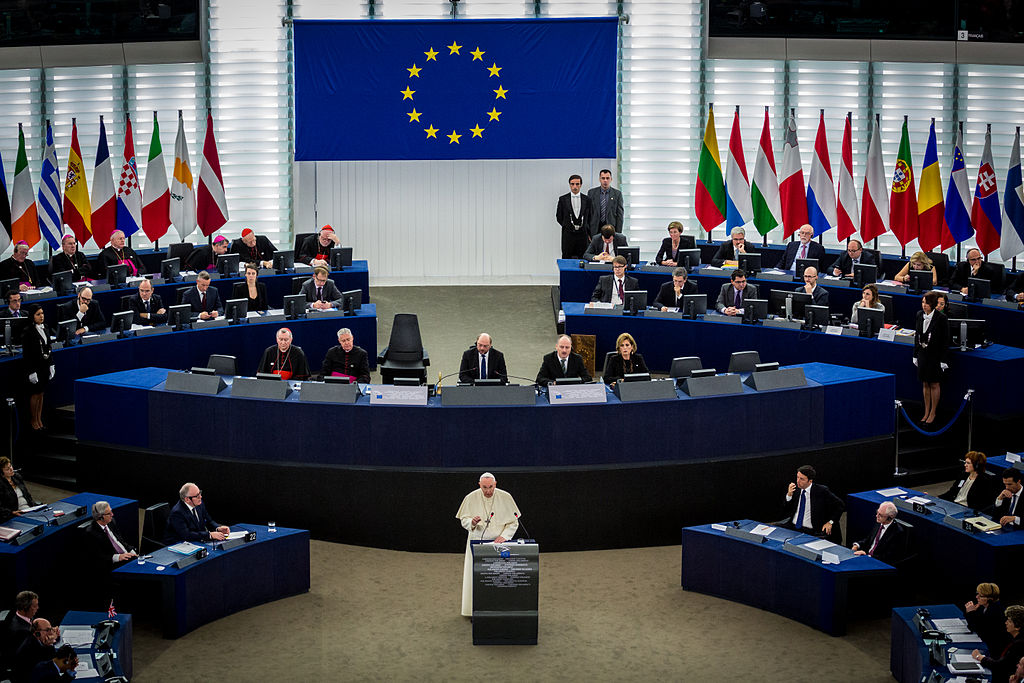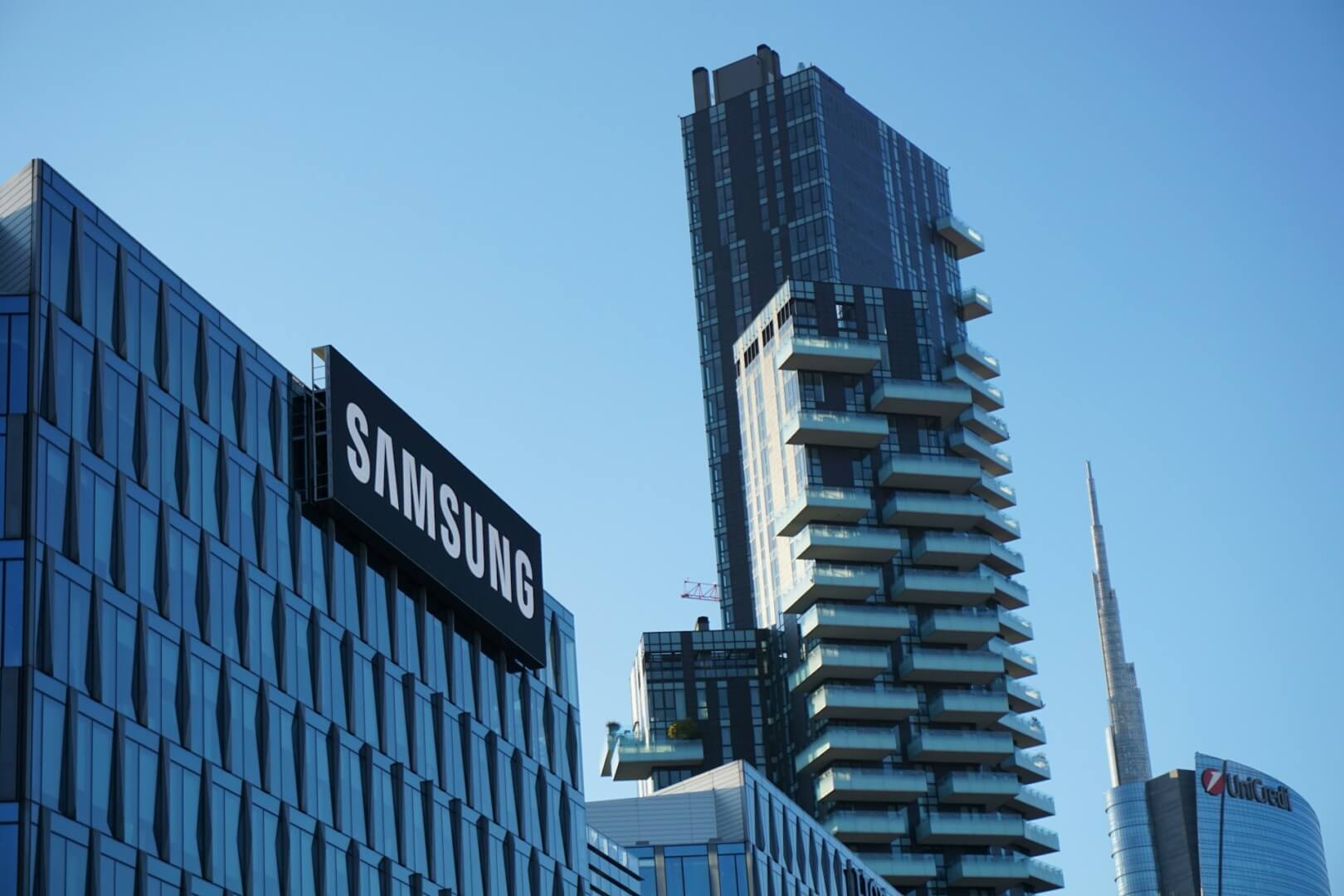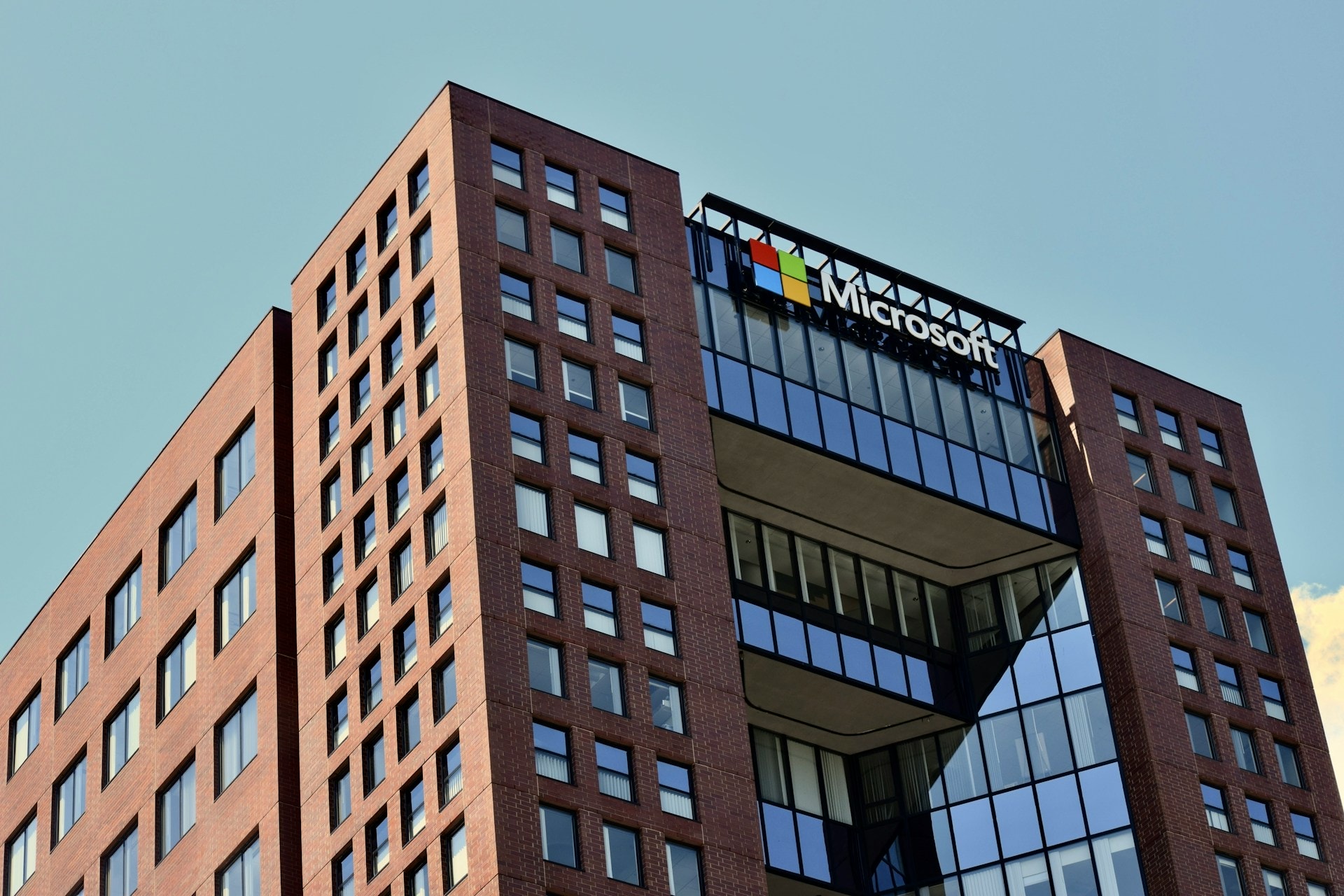Mobile technology has forever changed the way we view vehicles today. From ride-hailing apps like Uber and Lyft, to newer gas delivery service apps like Filld and Booster, we now interact with cars and trucks in ways that were once unimaginable just ten years earlier. Technology has certainly changed businesses and wallet sizes too. The ride-hailing app industry is estimated to be worth around $36 billion today, a figure that could balloon to $285 billion by 2030. And with the ongoing development of AI and the rising potential of autonomous vehicles, change is unlikely to stop any time soon.
More recently, shifts have begun to emerge on a new front; vehicle ownership itself. One company that is emblematic of that shift is Getaround, a California-based carsharing app that is altering how we transport ourselves. Users can log onto their phones to find, rent, and share cars in cities across the US, offering greater flexibility and choice compared to traditional car rental companies or ride-hailing apps. In addition to providing convenience, Getaround also helps keep cars off the road as well, incurring benefits to both urban traffic and the environment. I reached out to co-founder and CEO Sam Zaid to learn more about the problems of car overpopulation, Getaround’s vehicle network, and aims for the future.
What was the original impetus behind Getaround?
Sam Zaid: In 2009, we were challenged by Larry Page to come up with an idea that could positively impact one billion people in ten years. Looking towards the future of transportation, we realized that technology would change the automobile in profound ways. With connected and autonomous technology, we formed a foundational belief that cars would become a shared medium of mobility. This would be a necessary change since our current model of car ownership is unsustainable; there are one billion cars in the world, a number that is set to double in the next few years, and each car sits idle over 22 hours each day.
My co-founders and I decided to focus our efforts on solving this “car overpopulation” problem by ushering in a new era of sharing personal cars through seamlessly integrated hardware technology, software, and services. Getaround was born from the idea that we didn’t have to wait for this technology to arrive-we could build it and could start this paradigm shift today.
 In the Photo: Getaround co-founder and CEO Sam Zaid. Photo Credit: Getaround.
In the Photo: Getaround co-founder and CEO Sam Zaid. Photo Credit: Getaround.
Getaround relies on its network of cars and car owners scattered across the US, what’s the process of finding these car owners and ensuring car quality is good across the board like?
SZ: When we enter a new market, we hire local operations and marketing folks who know the lay of the land, are experts at helping educate car owners on why they should share their awesome cars, and can help them onboard onto the Getaround platform.
When it comes to ensuring the quality of cars, we allow all makes and models to be listed on Getaround, as long as they are no more than ten years old and have less than 125,000 miles. Before we equip a car with our Getaround Connect device, we have a local and qualified automotive vendor perform an inspection of each car to assess its condition and ensure it is safe to be rented.
 In the Photo: A Getaround car owner in San Francisco. Photo Credit: Getaround.
In the Photo: A Getaround car owner in San Francisco. Photo Credit: Getaround.
What kinds of challenges has Getaround faced during its growth?
SZ: Like any startup, we’ve had our share of challenges over the years. Our integrated software, connected services, and specialized hardware rely on human development, and are relied upon by both renters and car owners.
RELATED ARTICLES:
 “HENRIK FISKER IS BACK: A CHAT ON THE EMOTION AND THE FUTURE OF THE CAR INDUSTRY” by Alessandro du Bessé
“HENRIK FISKER IS BACK: A CHAT ON THE EMOTION AND THE FUTURE OF THE CAR INDUSTRY” by Alessandro du Bessé
 “BOLT MOBILITY’S APPSCOOTER: MAKING ELECTRIC MOBILITY MORE ACCESSIBLE AND SAFER” by Alessandro du Bessé
“BOLT MOBILITY’S APPSCOOTER: MAKING ELECTRIC MOBILITY MORE ACCESSIBLE AND SAFER” by Alessandro du Bessé
![]() “SONO MOTORS THE EUROPEAN STARTUP FOR ELECTRIC CARS” by Alessandro du Bessé
“SONO MOTORS THE EUROPEAN STARTUP FOR ELECTRIC CARS” by Alessandro du Bessé
At this point Getaround’s presence is mostly in the US, are there plans to expand internationally?
SZ: We’re focused on deepening and scaling current markets in the US, refining our playbook, and expanding thoughtfully. To accomplish our vision of empowering people to carshare everywhere, we will need to expand beyond our own borders eventually. That growth path could take different forms than what we’ve done here in the US though.
 In the Photo: A view of the Getaround app. Photo Credit: Getaround.
In the Photo: A view of the Getaround app. Photo Credit: Getaround.
What does the future of Getaround look like in your eyes?
SZ: Getaround is part of an ecosystem that is making it possible to own a car for almost nothing or choose to live car-free. In the future, people will have more transportation options than ever, and sharing cars will be the predominant way people use vehicles. This will eventually disrupt the current model of car ownership.
As cars become connected and intelligent, we’ll see the Getaround platform and marketplace evolve to take advantage of those new technologies. For example, by integrating our mobile app with connected car technology, we’ll be able to make it even easier for someone to share their autonomous car with more people in more parts of a city.














